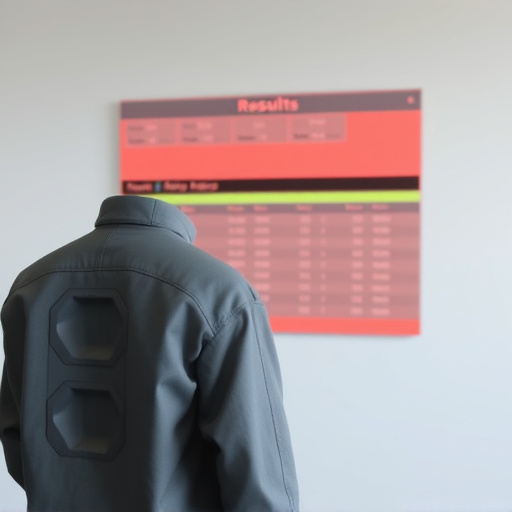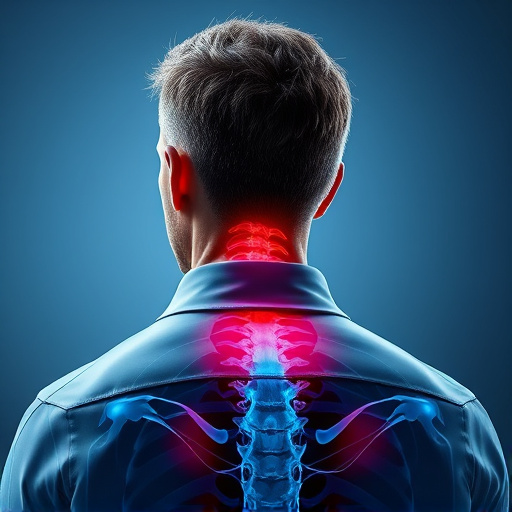Long-term appearance retention is vital for industries prioritizing product durability and aesthetic integrity, with the initial intake process setting the stage for future performance. Key elements include assessing material quality, manufacturing techniques, and comparing products through rigorous testing that simulates real-world conditions. Effective intake systems, which protect against environmental factors, play a critical role in maintaining visual appeal over time, especially in digital media. Standardized comparison testing, analyzing material composition, construction, and surface treatments under accelerated aging, aids professionals in making informed decisions to ensure structures maintain their beauty for extended periods.
Long-term appearance retention is a fascinating aspect of consumer behavior, affecting product choices and brand loyalty. This article delves into the intricate world of understanding and optimizing how products maintain their aesthetic appeal over extended periods. We explore fundamental concepts, analyze diverse factors influencing retentiveness, and compare intake system longevity through rigorous testing methods. By examining these elements, we aim to empower businesses to create products that captivate consumers for years to come, ensuring competitive edge through superior intake system longevity comparisons.
- Understanding Long-term Appearance Retention: The Basics
- Factors Influencing Retentiveness: A Comprehensive Analysis
- Testing Methods and Intake System Comparisons: Unlocking Optimal Longevity
Understanding Long-term Appearance Retention: The Basics

Long-term appearance retention is a multifaceted concept that goes beyond mere aesthetics. It involves the sustained viability and visual appeal of products or materials over extended periods, often measured in years or even decades. Understanding this dynamic is crucial, especially in industries where durability and aesthetic integrity are paramount. The process begins with the initial intake of a product, considering factors like material quality and manufacturing techniques. These foundational elements set the stage for how an item will fare under various conditions over time.
Subsequent stages involve rigorous comparison testing to gauge longevity against competitors or industry standards. This testing can simulate real-world scenarios, such as exposure to environmental stressors, physical wear and tear, or changes in consumer preferences. By comparing performance across different products and materials, manufacturers and researchers gain insights into what constitutes superior long-term appearance retention. This knowledge is then applied to refine production processes, design strategies, and material choices, ultimately driving the development of more durable and visually appealing products that stand the test of time.
Factors Influencing Retentiveness: A Comprehensive Analysis

The long-term appearance retention of products or materials is a multifaceted aspect influenced by various factors. When we talk about retaining aesthetics over extended periods, it’s crucial to understand that the effectiveness of different intake systems plays a pivotal role. These systems, responsible for delivering substances or information, must be designed with longevity in mind. For instance, in product packaging, the choice of materials, construction methods, and sealing techniques directly impact how well the item remains intact and visually appealing over time.
Comparative testing between different intake mechanisms reveals that those with superior structural integrity and protection against environmental factors tend to yield better retention rates. This is especially evident in the realm of digital media, where file formats, compression algorithms, and storage solutions significantly affect data longevity. When it comes to visual content, an efficient intake system must consider not only initial display quality but also how well it preserves that quality during extended periods, ensuring a consistent user experience regardless of time passed.
Testing Methods and Intake System Comparisons: Unlocking Optimal Longevity

Testing methods play a pivotal role in understanding and predicting long-term appearance retention, especially when comparing different intake systems. The choice of test protocols, including environmental conditions, exposure durations, and assessment criteria, significantly influences the outcome. Standardized testing procedures ensure comparability between studies, facilitating informed decisions about material performance over extended periods. For instance, accelerated aging tests simulate real-world conditions by exposing samples to elevated temperatures, UV radiation, or humidity, revealing potential long-term aesthetic changes.
Intake system longevity comparisons require rigorous evaluation of various factors. Material composition, construction techniques, and surface treatments can dramatically affect resistance to weathering, discoloration, and structural degradation. By subjecting different intake systems to the same testing regimen, researchers can directly compare their performance over time, identifying superior options for applications demanding enhanced aesthetic retention. This data-driven approach empowers architects, designers, and engineers to make evidence-based choices, ensuring structures maintain their visual appeal for years to come.
Long-term appearance retention is a multifaceted field, with various factors influencing the longevity of products. By understanding these dynamics, manufacturers can optimize their intake systems through effective testing methods, ultimately enhancing overall product durability and customer satisfaction. An in-depth analysis of these elements, coupled with strategic comparisons between different intake systems, reveals promising avenues for revolutionizing industry standards, ensuring products not only meet but exceed long-term performance expectations.














